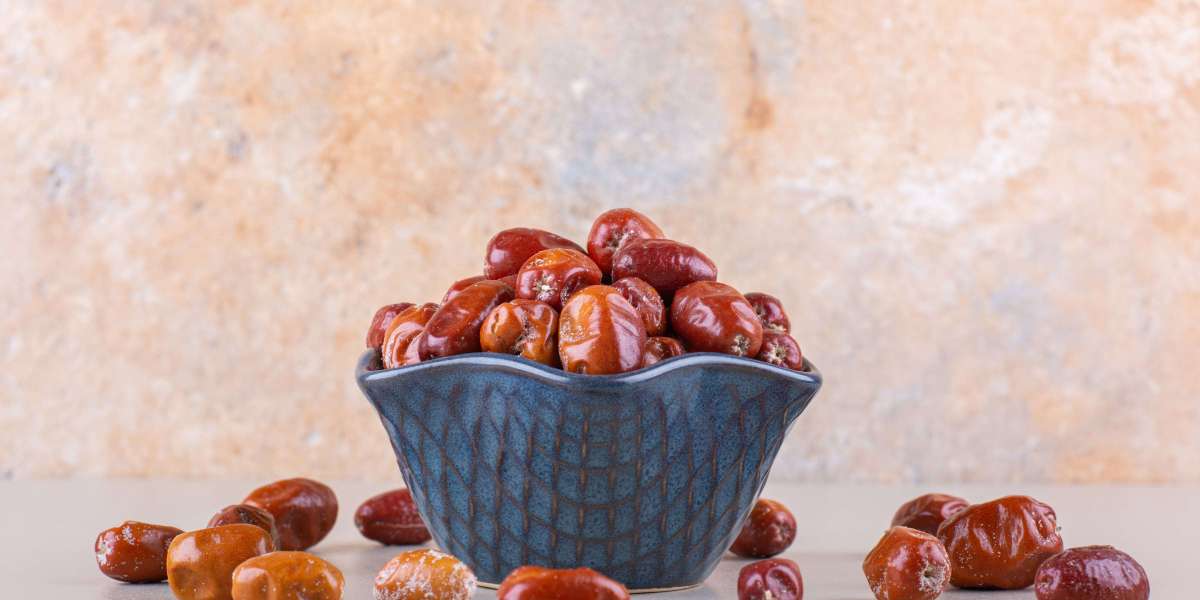If you've ever laid eyes on a bunch of sunlit, golden-yellow fruits in late summer, chances are you’ve encountered fresh Barhi dates—a seasonal gem that’s delightfully unlike the wrinkled, dried dates you see year-round. With their tender crunch and subtle sweetness, fresh Barhi dates offer an experience that’s both nostalgic and gourmet. But how exactly do you eat them? Do you bite in raw, cook them, or pair them with cheese?
Understanding Fresh Barhi Dates
What Are Barhi Dates?
Barhi dates (also spelled "Barhee") are one of the most cherished varieties of dates, originally cultivated in Basra, Iraq. These golden fruits are now grown in date-producing regions like California’s Coachella Valley and parts of the Middle East. What sets them apart is their unique ability to be eaten at different stages of ripeness.
Unlike the more common Medjool dates, which are primarily enjoyed when fully ripened and dried, fresh Barhi dates are celebrated during their early “Khalal” stage—when they’re still firm, crunchy, and a beautiful golden yellow.
Seasonal Delicacy
Fresh Barhi dates have a narrow harvesting window, typically from August through early September, making them a rare treat. They're often sold still attached to their stem, signaling peak freshness and ripeness.
The Ripeness Journey
Barhi dates can be consumed at three key ripening stages:
- Khalal (Fresh): Crisp, golden-yellow, mildly sweet with a hint of tannin.
- Rutab (Semi-Ripe): Begins to soften, speckles of brown emerge, sweetness intensifies.
- Tamar (Fully Ripe): Dark brown, completely soft, caramel-like flavor.
Most people prefer fresh Barhi dates at the Khalal or early Rutab stage when their texture is reminiscent of an apple, and the taste is a blend of coconut, sugarcane, and mild honey.
Preparing Fresh Barhi Dates for Eating
Cleaning and Handling
Fresh Barhi dates require minimal preparation. Here’s how to get them ready:
- Rinse Lightly: Gently rinse under cold water to remove any dust or natural waxy coating.
- Dry: Pat them dry with a soft towel to preserve their delicate skin.
They are often sold on the stem, so you can twist them off individually or snip them off with scissors.
Pit Removal
Each Barhi date contains a single pit or seed. To remove it:
- Hold the date between your thumb and forefinger.
- Gently bite or slice lengthwise.
- Pull out the pit and discard or compost it.
Pro tip: If serving them to guests, you can pre-pit the dates and stuff them for an elevated presentation.
Ways to Eat Fresh Barhi Dates
- Raw and Whole: As Nature Intended
The simplest and arguably the most authentic way to eat fresh Barhi dates is just as they are—right off the branch. This method highlights their natural crisp texture and subtle, sweet flavor. They make for a satisfying snack, especially when served chilled.
- Chilled for Extra Crunch
Place a handful of Barhi dates in the refrigerator for 20–30 minutes before serving. The cold intensifies their crispiness and balances their mild sweetness—perfect for hot summer afternoons.
- Paired with Nuts or Cheese
Fresh Barhi dates pair wonderfully with a variety of textures and flavors. Some delicious combinations include:
- Almonds or Walnuts: Add a nutty crunch and richness.
- Pistachios: Offer a bright, earthy contrast.
- Goat Cheese or Brie: Creates a creamy, tangy pairing.
- Aged Cheddar: Delivers a sharp, savory counterpoint.
Simply split open the date, remove the pit, and stuff it with your choice of filling.
- Dipped in Chocolate or Nut Butter
Turn your Barhi dates into a guilt-free dessert:
- Melt dark or milk chocolate.
- Dip half of each date and set it on parchment paper to cool.
- Alternatively, dip in almond or peanut butter for a protein-packed snack.
This adds indulgence without overpowering the date’s delicate flavor.
- Added to Platters and Boards
Barhi dates elevate any fruit platter or charcuterie board with their striking appearance and unexpected texture. Pair them with figs, grapes, and soft cheeses for a vibrant and balanced spread.
- Lightly Sautéed or Roasted
Though less common, Barhi dates can be briefly sautéed or roasted to intensify their sweetness and soften their structure.
- Lightly brush with olive oil.
- Sauté on medium heat for 1–2 minutes.
- Sprinkle with cinnamon or sea salt.
This method works best with Rutab-stage Barhi dates.
Traditional and Cultural Ways to Enjoy Fresh Barhi Dates
Served with Arabic Coffee
In Middle Eastern cultures, fresh Barhi dates are often served with traditional Arabic coffee (qahwa). The mild bitterness of the coffee complements the sweetness of the date.
Used in Festive Dishes
During holidays like Ramadan, fresh dates are presented as a sign of hospitality. They may be incorporated into:
- Sweet rice dishes
- Stuffed pastries
- Traditional desserts
Their symbolism of nourishment and prosperity adds meaning to every bite.
How to Store Fresh Barhi Dates
Short-Term Storage
Barhi dates in their Khalal stage are best enjoyed within 2–3 days. If you plan to eat them soon, store them at room temperature in a cool, dry place, away from direct sunlight.
Refrigeration
To extend their life:
- Store in a paper bag or ventilated box.
- Avoid airtight plastic bags, which can cause sweating and spoilage.
Refrigerated fresh Barhi dates can last up to 2 weeks, though texture and color may slowly shift.
Freezing for Later
If you have a surplus, consider freezing:
- Wash and dry the dates.
- Remove stems and pits.
- Store in an airtight container.
Frozen Barhi dates can last 3–6 months. Thaw in the refrigerator for best texture.
Mistakes to Avoid When Eating Barhi Dates
Waiting Too Long
The charm of fresh Barhi dates is in their early crisp stage. Wait too long, and you’ll miss their unique texture.
Confusing Ripeness Stages
A common mistake is thinking the yellow dates are unripe. In fact, that golden hue is a sign of prime freshness.
Improper Storage
Leaving them in sealed plastic at room temperature can accelerate spoilage. Use breathable storage like paper bags.
Tossing Slightly Speckled Dates
A few brown spots don’t mean spoilage—they’re just ripening. If the skin is intact and there's no off smell, they’re still good to eat.
Final Thoughts
Fresh Barhi dates are a seasonal delicacy that offer far more than meets the eye. Their bright golden skin, snappy bite, and gentle sweetness make them a standout fruit—whether eaten raw, chilled, or paired with your favorite cheese.
By learning how to properly store, prepare, and enjoy them, you can fully appreciate everything fresh Barhi dates have to offer. Whether you eat them whole, stuff them with nuts, or serve them with coffee during a festive gathering, they’re sure to bring a little golden sunshine to your day.
So next time you spot them in a farmers' market or online fruit shop during late summer, grab a bunch and experience this limited-time treasure the way nature intended.



